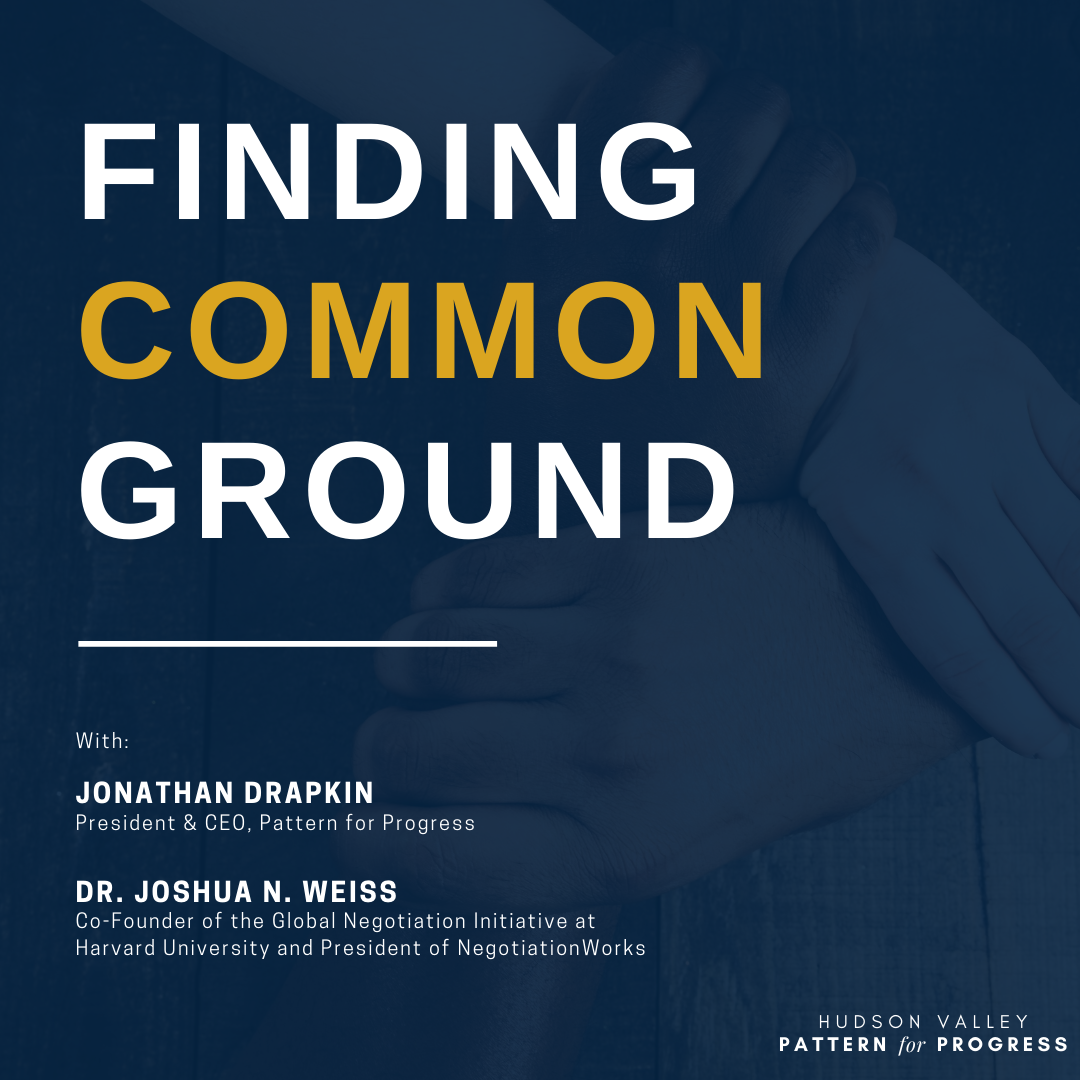In an increasingly polarized world, the quest for common ground has never been more paramount. The concept of finding shared values and mutual understanding transcends mere rhetoric; it encompasses the intricate tapestry of human sociability. This article explores extraordinary methods employed across various domains to foster communal bonds, examining not only their implications but also the deeper, often unspoken motivations that propel individuals to seek consensus.
At the outset, one must acknowledge the foundational role of dialogue in bridging divides. Conversations, whether formal or informal, have the potential to illuminate the nuanced perspectives of divergent groups. This dialogue is not simply a matter of exchanging viewpoints; it represents a profound engagement with the intellectual and emotional substrata of human experience. Through active listening and empathetic engagement, individuals can uncover underlying commonalities, thus fostering a climate of mutual respect and understanding.
In contemporary society, numerous initiatives have exemplified this fundamental principle. Consider community forums that bring together diverse ethnicities, faiths, and socioeconomic backgrounds. These gatherings serve not only as platforms for discussion but as flashpoints for collective action. Participants engage in exercises that challenge stereotypes and preconceived notions, often discovering surprising affinities in shared experiences. The remarkable catharsis that arises from such interactions cannot be understated; it signifies a collective yearning for connection, transcending superficial differences.
But dialogue is merely one facet of the broader spectrum of common ground initiatives. Art, often regarded as the universal language, has emerged as a potent medium for fostering connection. Artistic collaborations across cultures illuminate shared themes—love, loss, joy—revealing that despite our disparate backgrounds, we share an intrinsic humanity. Public art installations, collaborative performances, and cross-cultural exhibitions serve as poignant reminders that creative expression can dissolve barriers and engender a sense of belonging. Here, the aesthetic experience serves not only as a conduit for beauty but also as a platform for dialogue, sparking conversations that may never have arisen in more conventional settings.
Moreover, the digital age has propelled the pursuit of common ground into uncharted territories. Social media platforms, while frequently criticized for engendering discord, can act as powerful tools for connection. Initiatives such as virtual town halls and online advocacy groups have democratized discourse, allowing individuals to share their stories and viewpoints with unprecedented accessibility. The virtual realm removes geographical and physical constraints, enabling diverse voices to converge in a shared digital space. Nevertheless, the efficacy of these platforms depends on the participants’ willingness to engage in constructive dialogue, emphasizing the need for digital literacy and critical thinking to interrogate the narratives being presented.
In addition to dialogue and art, interdisciplinary approaches have proven efficacious in establishing common ground. Collaborative projects that integrate insights from sociology, psychology, and anthropology can yield innovative frameworks for understanding human interactions. For instance, research into conflict resolution may reveal cognitive biases that often underpin disagreements. By addressing these biases, facilitators can develop targeted strategies that promote a culture of reconciliation. Applying such multidisciplinary perspectives underscores the complexity of human behavior and emphasizes the necessity of viewing conflicts through multiple lenses.
However, the journey towards commonality is fraught with challenges. Resistance may arise from deeply entrenched ideologies, emotional responses to historical grievances, and the innate human tendency to categorize others into “us versus them” binaries. Addressing these barriers requires more than mere dialogue; it demands a courageous confrontation of uncomfortable truths. This confrontation can take the form of community-based reconciliation efforts, where narratives from the marginalized are amplified and validated. Such practices not only empower disenfranchised voices but also provide a fertile ground for empathy, sowing the seeds of understanding in seemingly barren landscapes.
The phenomenon of finding common ground also extends into the realm of grassroots activism. Organic movements that spring from community-level initiatives often succeed in building consensus by emphasizing shared goals rather than differences. For instance, environmental movements that unite disparate groups under the banner of sustainability illustrate how collective action can emerge from a shared concern for future generations. This paradigm shift from individualism to collectivism underscores the power of rallying around a common cause, fostering a sense of unity that transcends traditional divisions.
Moreover, education plays a pivotal role in cultivating a culture of commonality. Educational institutions that implement curricula emphasizing social justice, critical thinking, and ethical reasoning equip students with the tools necessary to navigate complex social landscapes. By encouraging students to question their assumptions and engage with contrasting viewpoints, these programs foster a new generation of empathetic citizens willing to seek understanding amid differences. This pedagogical approach recognizes the significance of nurturing not only intellectual capacities but also emotional intelligence, cultivating learners who can bridge divides in their communities.
In conclusion, the endeavor to find common ground in extraordinary ways is a multifaceted pursuit rooted in dialogue, creativity, interdisciplinary collaboration, and grassroots activism. This journey underscores the profound human need for connection and the realization that underneath our disparate identities lies an intricate web of shared experiences. By embracing these diverse approaches, societies can forge pathways toward understanding and reconciliation, thus enriching the human tapestry with threads of unity and empathy. The aspiration for common ground remains an enduring testament to the resilience of the human spirit and its unwavering quest for belonging.
